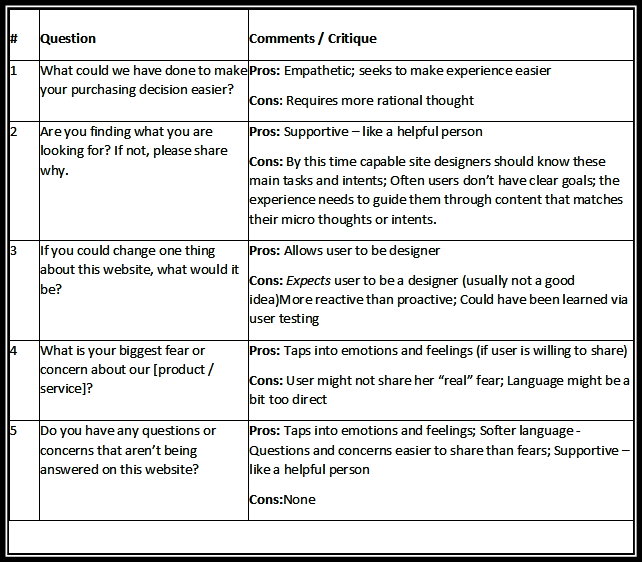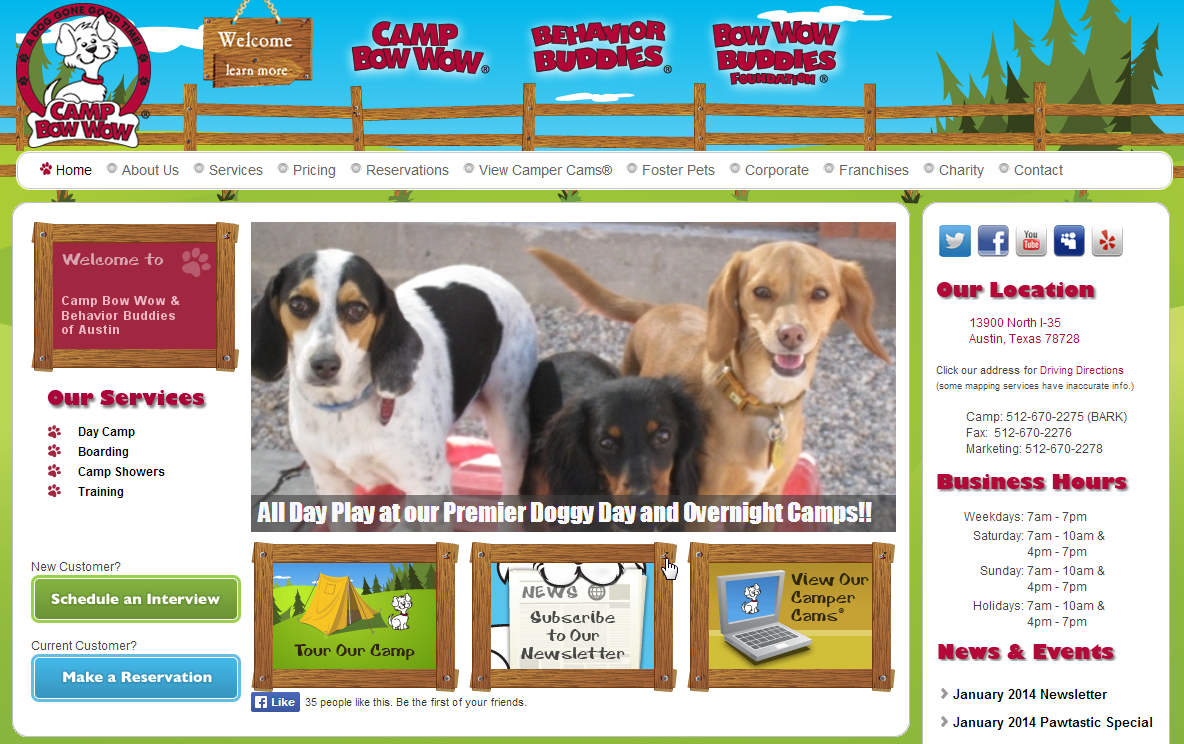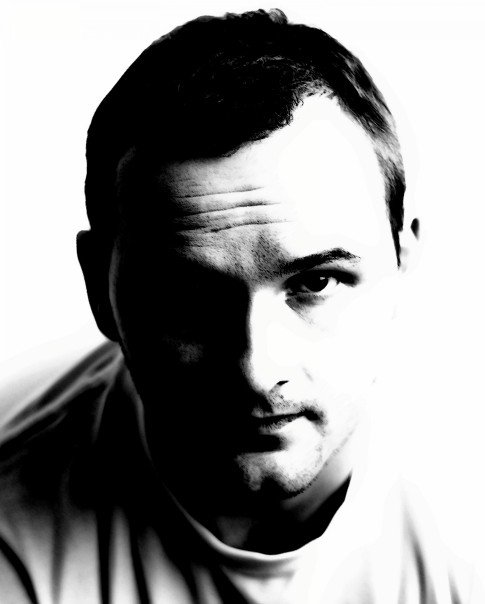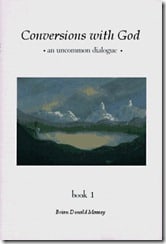After nine months of writing, fifteen chapters complete and dozens of columns supporting the effort, you’d think that the easiest thing to do would be to pick a name for my conversion marketing book.
As it turns out, this is difficult.
So why read a post about selecting a book title? Because, it’s all about conversion – not just the book, but the title is about converting book prospects into book readers.
The title of your book is key to maximizing conversions. It is like the subject line of your email, like the headline of your landing page, and like the value proposition of your home page. Get these wrong and your conversion rates will plummet. However the book title can’t be changed. Once chosen you are stuck with it until you write another.
It’s expensive to test titles, and this makes a Conversion Scientist very nervous.
I’ve considered a number of approaches. These approaches will also inform your online marketing.
Leverage something familiar
My first thought was to leverage something familiar, something that is already popular. This spawned several mockups including The Bourne Conversion, Eat, Pray, Convert, How to Win Friends and Convert People, and Conversions with God.
Unfortunately, copyright issues will prevent me from using any of these.
Ask your SEO person
The next thing I had to consider was how people might find the book on search engines. Phrases like “online sales conversion,” “analytics,” “conversion rates,” and “social media” are some of the most commonly searched phrases in the conversion marketing space. With this focus in mind, several titles were considered:
Online Sales Conversion: The Science of B2B, B2C, Online Services and Social Media Websites
The Well Managed Web Site: Conversion Strategy and Analytics in Simple Terms
Managing Websites to High Conversion Rates
Online Conversion Strategy
In my opinion, words like “conversion” and “analytics” are too clinical. Furthermore, these conversion terms don’t really get that much search traffic, so this strategy became less important to me.
Leverage your existing brand
I’ve been marketing Conversion Sciences and The Conversion Scientist pretty consistently for six years now through writing, speaking and training. The business is familiar to many online marketers and business owners, the two primary targets for my tome.
Playing on the science angle associated with the brand yielded several interesting titles, including the original working title, Get a Reaction.
Marketing + Science = Customers: Online Conversion Strategies to Transform Prospects into Buyers
Conversion Science: The Proven Formulas for Transforming Online Prospects into Customers
The Science of Reaction: Proven Conversion Formulas of Internet Based Companies
Own a word
I’ve always like one-word book titles that are provocative, like Malcolm Gladwell’s “Blink” and “Outliers.” I thought “REACTION” might be the word that sticks with people in my space.
REACTION: Getting visitors to take action on your website
Get a REACTION: Proven Strategies of the Conversion Scientist
The Science of REACTIONS: Websites that Convert Visitors to Leads and Sales
My feeling is that you have to have a large marketing budget to get a word to stick in the minds of potential readers. I didn’t get a multi-million dollar advance, unfortunately.
Surprise them
Seth Godin is great at naming books with unexpected titles, such as Purple Cow, All Marketers are Liars and Meatball Sundae. I thought the unexpected or absurd might work for my book as well.
It’s Raining Soup. Get a Bowl. How to turn Internet traffic into a delicious business.
Glad I Stopped By: Websites We Love to Do Business With
They Did What?! Unexpected Strategies of The Conversion Scientist
Marketing Backwards: Unexpected Strategies of The Conversion Scientist
The Website Genome Project: Proven Research of The Conversion Scientist
The truth is, I’m not Seth Godin. Darn it.
State your topic plainly
We often get too clever for our own good when we’re writing headlines, subject lines, and book titles. It’s a business book, after all.
Managing Your Website: Conversion Strategy and Analytics for the Managers and Business Owners
Online Conversion Strategies for Websites that Dominate Their Marketplace
The problem with these is that the reader is more likely to fall asleep before finishing the title.
Ask your personas
If you follow The Conversion Scientist, you know that I believe creating visitor personas is the best way to get high conversion rates on your website. The same applies to books, and I have developed several personas for this book.
With this guidance, I was able to choose a book title that combines the right ingredients… I hope. Here’s what I know about my personas.
Most of my personas have heard of The Conversion Scientist through my columns, blog posts and speaking. This tells me to leverage the familiar science angle.
One persona studies marketing, and they are reluctant to read a book that will give them same advice they’ve already heard. Therefore, the title should indicate that it is presenting a fresh way to look at online marketing. Use terms like “unexpected” or surprise titles like “marketing backwards.”
Finally, all of my personas are human, which means they respond to things like metaphors, rhyming and alliteration (the repeated use of a sound in a sentence or phrase). This tells me I should use these tools.
After reviewing these persona requirements, we settled on the following title:
The Customer Creation Equation: Unexpected Formulas of The Conversion Scientist™
The alliteration and rhyming nature of the main title will help people remember the name. It has the important search terms “conversion,” and “customer” in it. The terms “equation” and “formulas” evoke the science theme of my brand.
Finally, the strategies are “unexpected,” and indeed the book contains advice contrary to what you have been told. This was a tough decision for me. One of our personas is trying to solve a specific marketing problem. Calling my recommendations “unexpected” may not appeal to her. She will want to know about “proven” strategies, and I did consider the subtitle “Proven Strategies of The Conversion Scientist.” Yet, I knew she would find value in being “cutting edge,” and “unexpected strategies” should appeal to her.
Did we pick the right title? Which would you prefer to read? Let us know in the comments.
You won’t be converting much of anything if you start with the wrong kind of website. Find out which of five conversion signatures your website should be following with a free video that introduces some key concepts from The Customer Creation Equation.





















